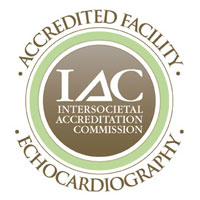Contact Us
UR Medicine Cardiology at Red Creek
600 Red Creek Drive
Rochester, NY 14623
Phone: (585) 341-6780
Map and Directions
UR Medicine Cardiology at Highland
Highland Hospital
1000 South Avenue
Rochester, NY 14620
Phone: (585) 341-6780
Map and Directions
UR Medicine Cardiology at Strong West
156 West Avenue, 3rd Flr
Brockport, NY 14420
Phone: (585) 637-6000
Map and Directions

